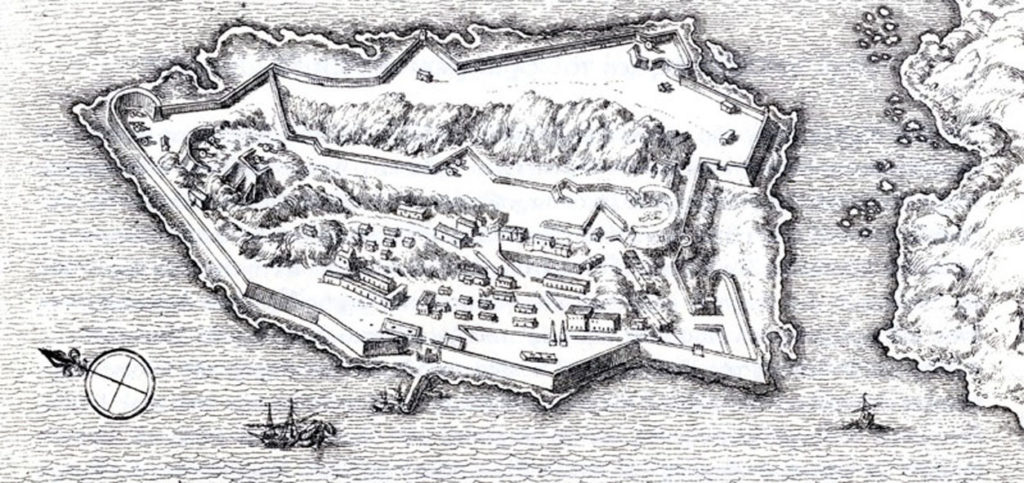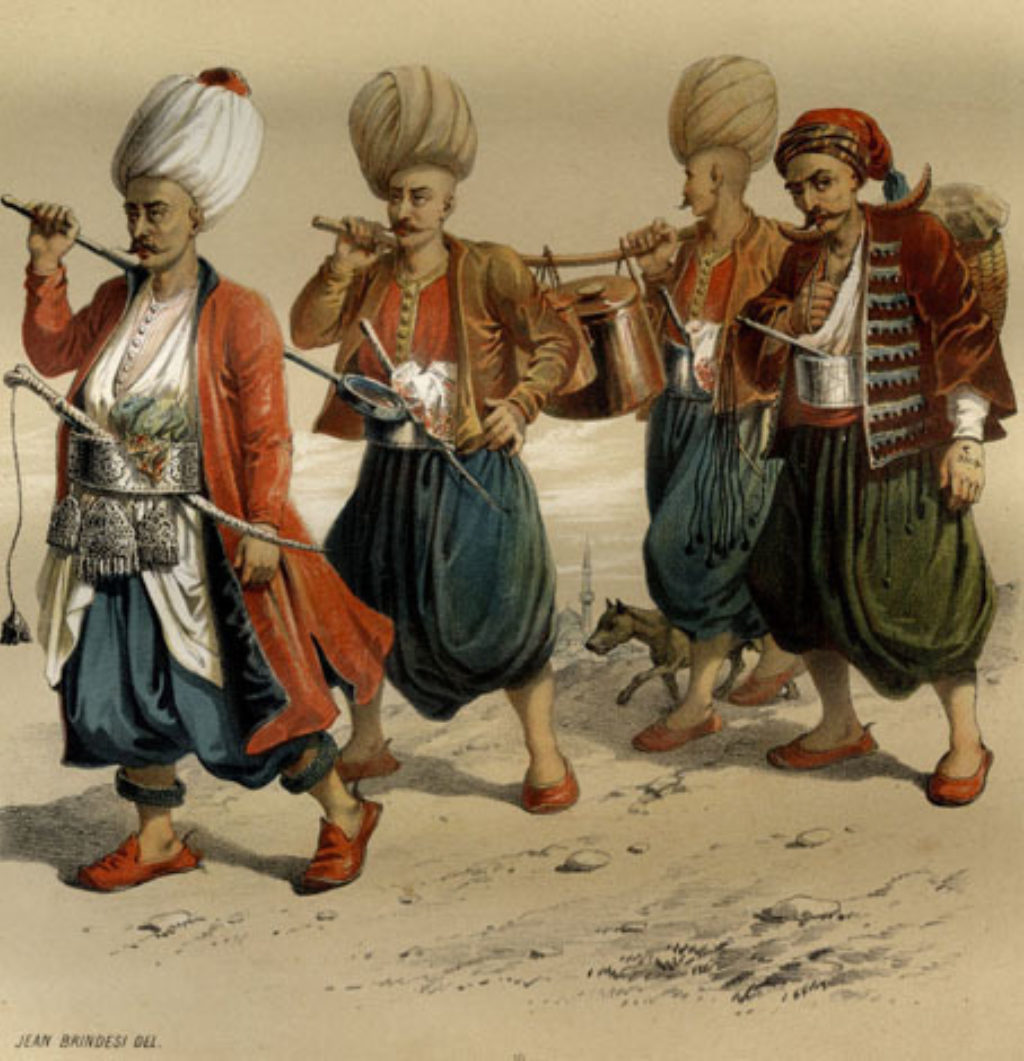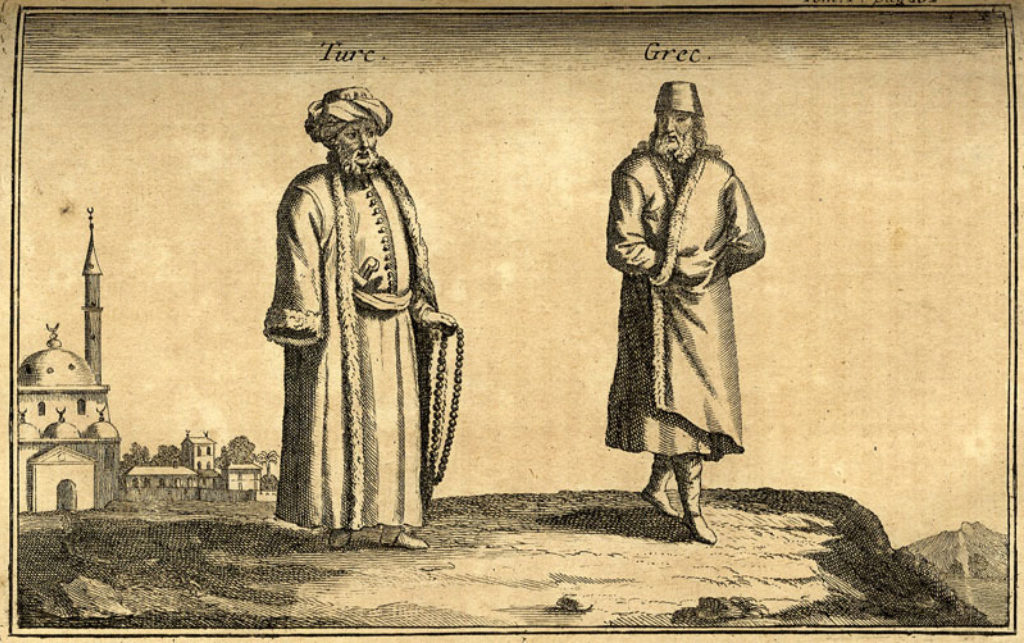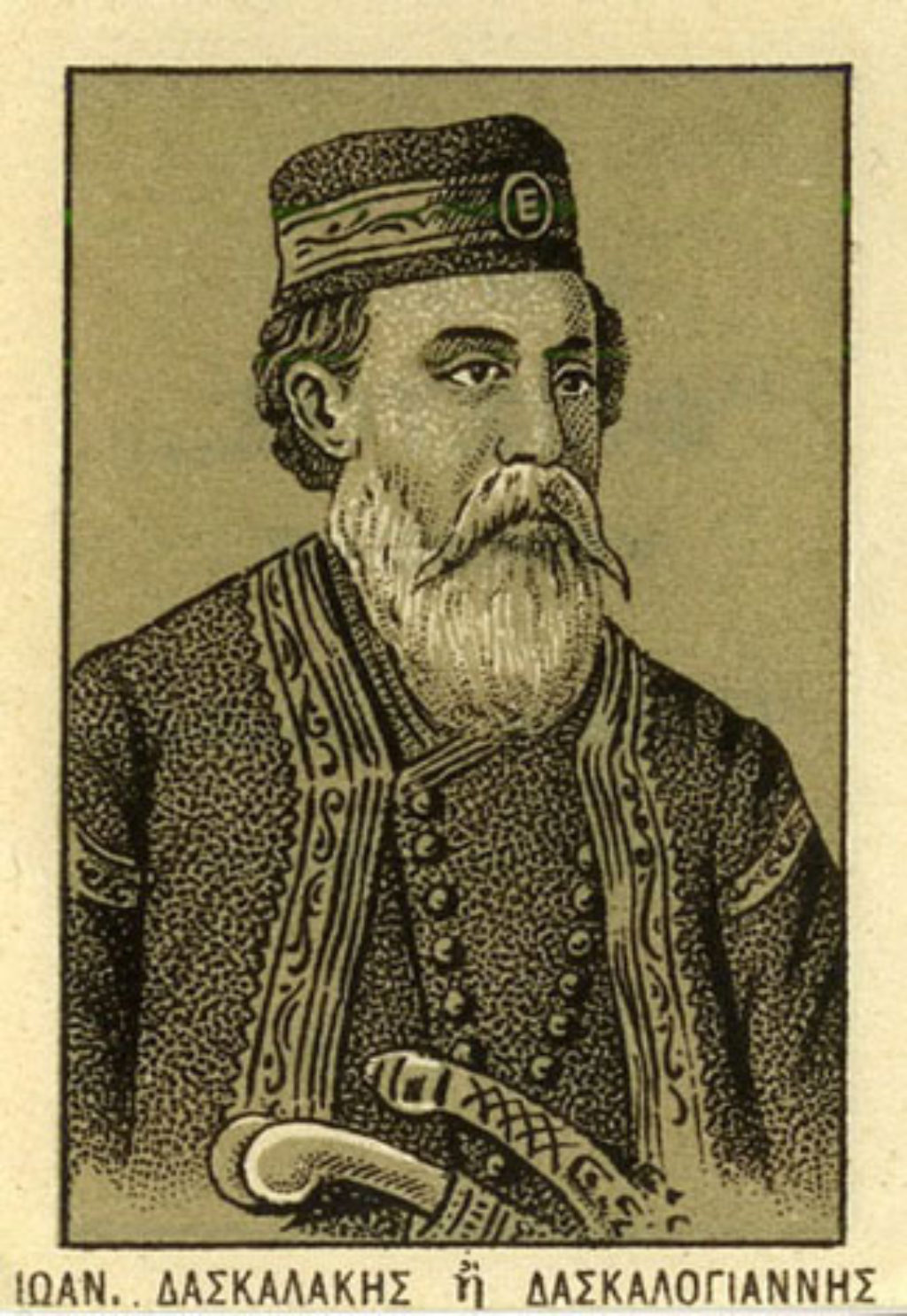PRE-REVOLUTIONARY CONDITIONS ON CRETE
The end of the Conquest
The end of the Conquest
After the Venetian surrender over the city of Chandax (Heraklion) to the Ottomans in September 1669, the full integration of Crete into the Ottoman imperial framework was formally completed in 1715 with the surrender of the last Venetian possessions, being the islands of Spinalonga, Suda and Gramvousa.
As part of the Ottoman administrative system, Crete formed a separate province or eyalet. Administratively, it was divided into three sancaks: Chandax (Kandiye), Rethymnon (Resmo/Resamo) and Chania (Hanya). The sub-province of Chandax was the largest, as it also included the Sitia area. Three pashas, one in each sancak, were responsible for governing, aided by a sizeable body of state employees. The pasha of Chandax was recognised as foremost among them, bearing the titles of Vali and Serasker (military commander).
The Ottoman Army
The Ottoman Army
The Ottoman army on Crete comprised two main groups. The Imperial Janissary regiments, based in the three large towns, were directly appointed by the Sublime Porte. By contrast, the local Janissaries and remaining military units, such as the infantry (mustahfizan), cavalry of various types (sipahis, azabs and farisan), gunners (topçıs) and auxiliary units (cebecis, barutçıs and others) were almost exclusively staffed by local Muslims. The total number of military forces varied, and on the eve of the 1821 revolution is estimated to have stood at around 12,000 soldiers.
Exploiting their position and strength, the Imperial Janissaries were at the core of assorted uprisings against the Ottoman administration in the closing decades of the 18th century. Their violent behaviour often caused problems for both the Christian and the Muslim communities.
Population and Religious Communities
Population and Religious Communities
A significant drop in those inhabiting Crete was seen over the second half of the 17th century, due to military conflicts and epidemics. From the dawn of the following century, full integration into the Ottoman framework favoured the growth of the population, which was approaching 280,000 by the early 19th century, with the lion’s share living in the countryside. The towns had a markedly lower population, the majority being Muslims. Most of the Muslim community on Crete owed its origin to conversion of the local population to Islam. On account of their common descent, Christians and Muslims maintained close ties, especially during the early period of Ottoman rule (up until the mid-18th century). Mixed marriages and various other forms of social and economic relations were particularly common practice.
The greater part of the population worked the land, which in the early 18th century mainly meant producing grain. Little by little, however, thanks to Crete linking back up with commercial networks, both production and trade increasingly focused on olive oil, which remained the main local commodity over the centuries to come.
The Daskaloyiannis Rebellion
The Daskaloyiannis Rebellion
With encouragement from the Russians, in early 1770 Ioannis Vlachos or Daskaloyiannis succeeded in rallying the people of Sphakia with the express aim of driving the Ottomans out of Crete. Despite initial successes, lack of any substantial assistance led the entire effort to failure. The Muslims soon captured and laid waste to Sphakia. The end of the rebellion was marked by the surrender of Daskaloyiannis.
A new framework for governing the district of Sphakia was set out in a special agreement. In practice, however, it was only implemented in part; in contravention of its terms, Daskaloyiannis was executed in June 1771.
